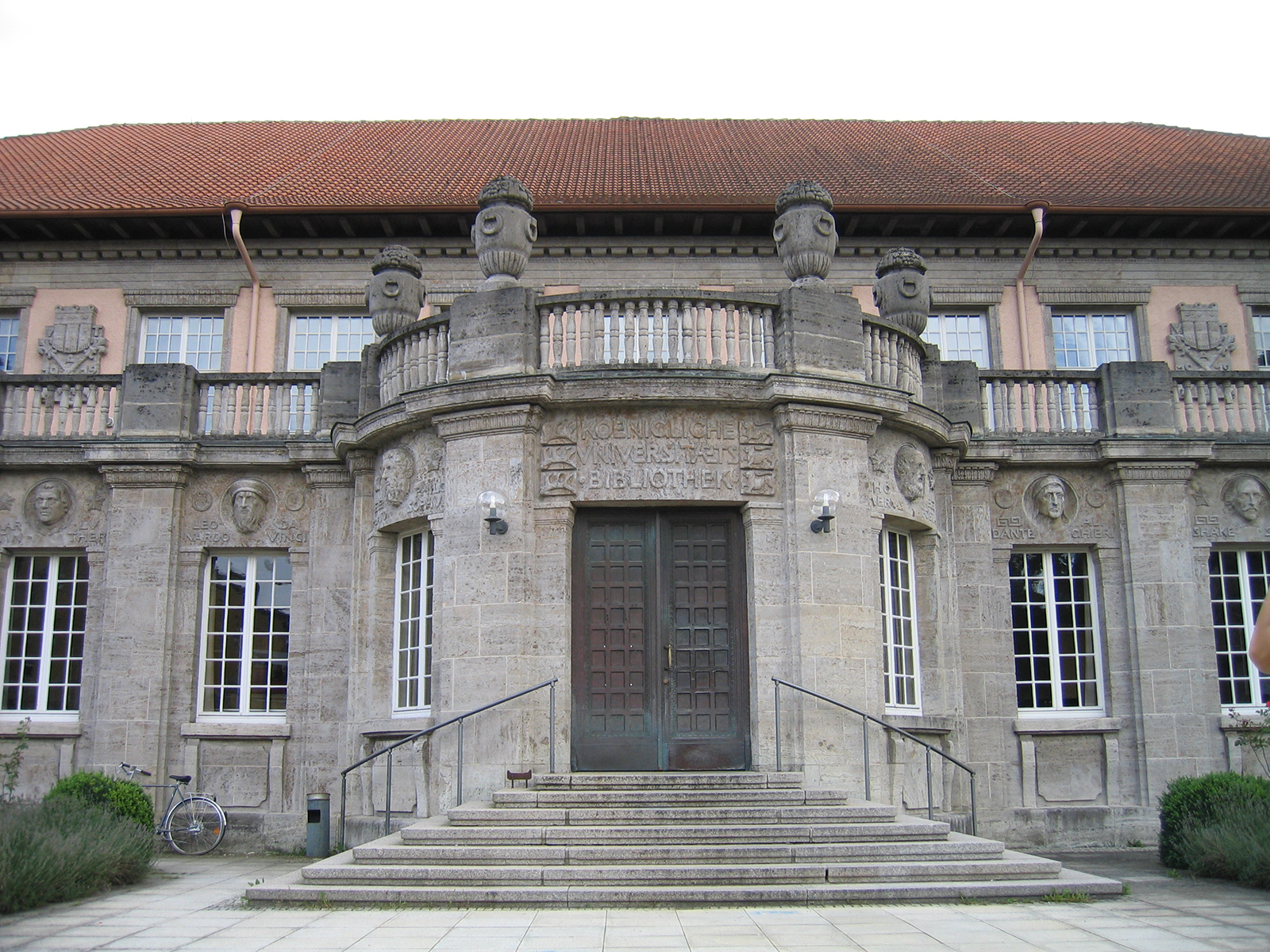University of Tübingen: Database records Nazi victims in the Tübingen anatomy
1078 people were handed over to the anatomy department of the University of Tübingen after their death during the Nazi era – without having given their consent during their lifetime. The names and biographical data are now recorded in a research database, the first of its kind at a German university. The research project Gräberfeld X, an initiative of the University of Tübingen and the university town of Tübingen, brought together biographical data and all available anatomical information. On the occasion of Holocaust Remembrance Day on January 27, the current status of the database will be presented to the public, which is still being further developed.
There is no other anatomical institute in Germany that has a comparable tool, says project manager Professor Benigna Schönhagen. “The database offers completely new opportunities to find out about the 1078 people.” Biographical information was missing from many of those affected, and only a few life stories were known. “But we have already been able to close some gaps in the research project on burial ground X,” reports the historian.
Questions that previously had to be researched individually can now be clarified with just a few clicks and using filter functions. For example, it records how many executed people, forced laborers or prisoners of war came to Anatomy each year, who they were and where they came from. There is also information on the women and men, including places of birth and death. Further future findings will be incorporated into the research database.
“The processing of this data is much more than a collection of numbers: the work of the research project gives the victims of National Socialism from Cemetery X a new story and makes their fate unforgettable,” says Professor Monique Scheer, Vice President for International Affairs and Diversity at the University of Tübingen . “The project ‘Graeberfeld X’ thus makes a valuable contribution to the processing of the Nazi era at the university as well as in the Anatomical Institute in Tübingen.”
“In 2019, the city archive set up a memorial book on burial ground X, which corrected 42 incorrect names on the memorial plaques and added missing victims. The fact that this research is now being continued through a jointly funded project by the city and university and is culminating in a database shows the good and reliable cooperation between the two institutions in coming to terms with the Nazi past in our city,” says Lord Mayor Boris Palmer. “With the new database, researchers and the interested public now have an extraordinarily helpful tool at their disposal, which, using a local example, impressively demonstrates the deadly consequences of the criminal policies of National Socialism in all areas of life for countless people.”
Media representatives and interested parties are cordially invited to the digital launch of the database on Thursday, January 27 at 7 p.m. Professor Monique Scheer, Vice Rector for International Affairs and Diversity at the University of Tübingen, and Boris Palmer, Mayor of the university town of Tübingen, will speak. Professor Benigna Schönhagen and Stefan Wannenwetsch from the Gräberfeld X research project will present the functions together with web designer Matthias Lehr and answer questions about content and technology. They also invite you to submit requests and suggestions for the further development of the database.
In addition, the project presents the life story of Josef Bukofzer, one of the few Jewish victims buried in Cemetery X, as an example for the first time. Its history was reconstructed by the student Antonia Wegner as part of a teaching research project.

